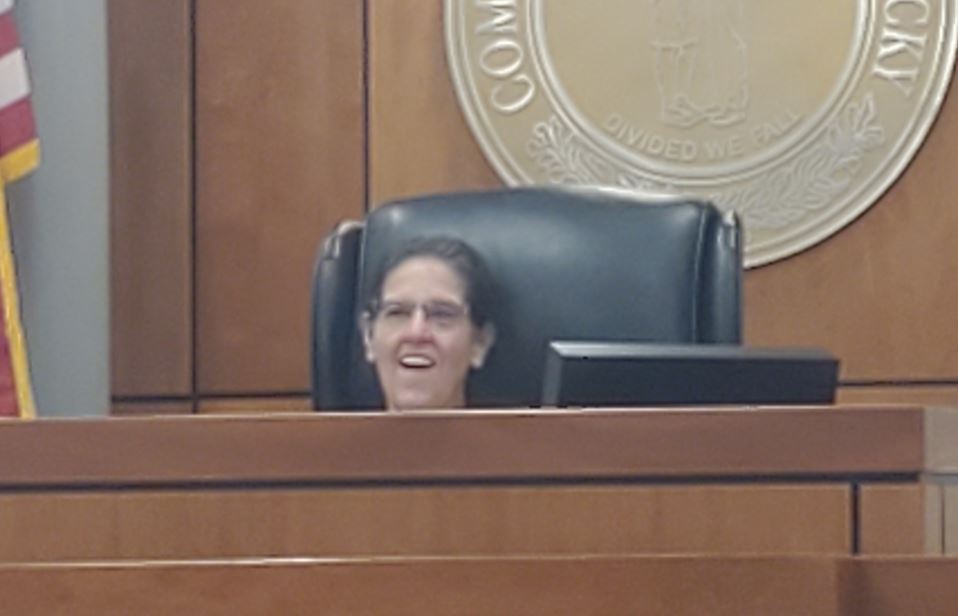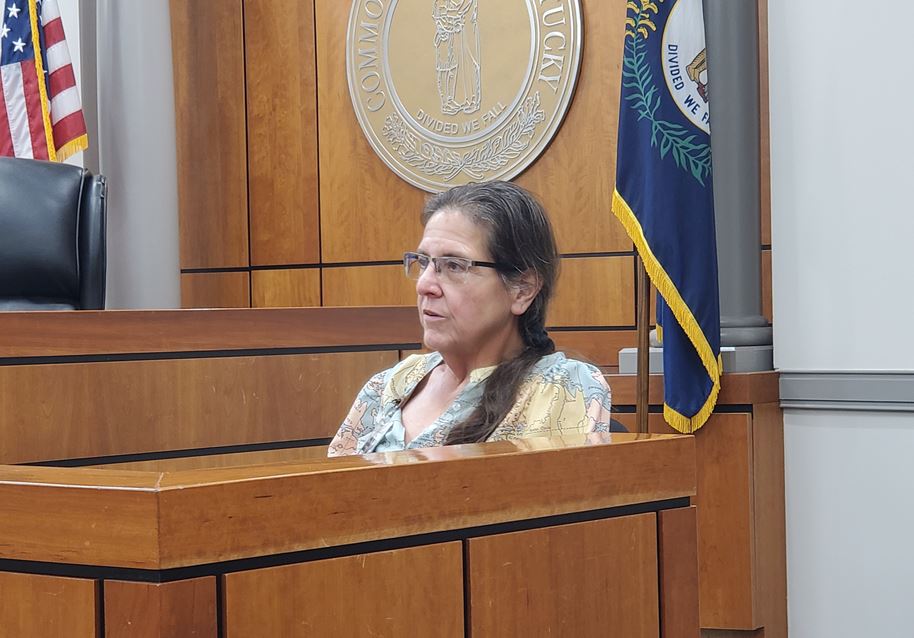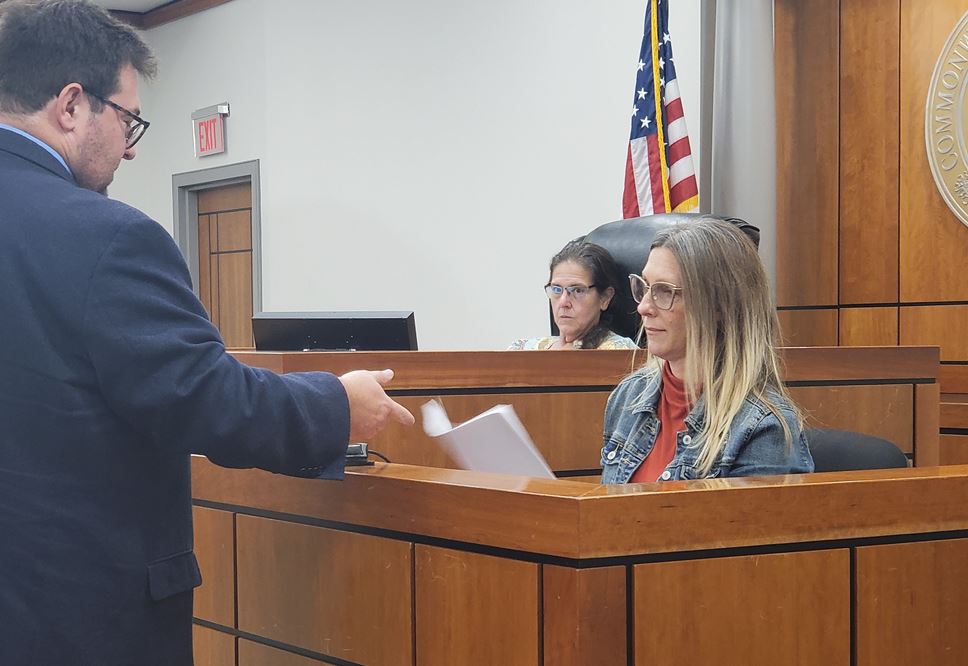The holiday season represents a celebratory time for most Americans, and celebrations occur with friends and family alike. It can be a joyous time for many, but an emotionally challenging time for others. During this time many chose to engage in social drinking as part of the holiday festivities. It’s important to keep in mind that drinking even in a social setting comes with a social responsibility to understand the repercussions of one’s behavior and the risks associated with drinking.
The Centers for Disease Control conducted a study of the harmful impact of alcohol from 2006-2010 across the United States. That same study found that 1,356 Kentuckians suffered from alcohol-attributable related deaths (“Alcohol and Your Health,” 2018). Binge drinking in the State of Kentucky is at an all-time high. Kentucky ranks third in the nation with the number of heavy drinking episodes by people who reported being binge drinkers. (Estep, 2018) These statistics offer a sobering viewpoint to a widespread issue in the region. It’s also important to be mindful of the proclivity to indulge in drinking during the holiday for even the most moderate drinkers.
Examining a study conducted (2005) by Peterson, Morey, and Higgins allows one to gain the perspective of how social context leads to alcohol consumption (Peterson, Morey, & Higgins, 2005). This study included 60 drinkers who were assessed by the NEO-FFI. The 20 highest and ten lowest drinkers were oversampled 2:1 to ensure a moderate distribution of social drinking behavior. (Peterson et al., 2005, p. 26)
The results of this study indicated that individuals who drink socially tend to drink as much as their peers, especially if they are agreeable, sociable, positive, and open people (Peterson et al., 2005, p. 27) Thus, people who tend to pay attention to their social setting and peers, drink more either unconsciously or consciously in order to accommodate that milieu. Less open and agreeable people tend to ignore their social environment and go their own way. This study makes it apparent that social context plays an enormous role in the regulation of drinking behavior among non-alcoholic social drinkers.
The danger of overindulgence during the holidays whether it be eating, spending, drinking, is a real possibility for all of us. The reality is that some behaviors even if deemed ok by societal standards can still leave us vulnerable to chaos. Alcohol is one widely accepted societal practice that can impact every one of us in a negative light if given the opportunity. During this holiday season, it’s important to understand that even “social” drinkers can fall victim to the dangers of alcohol. Thus, if an individual chose to drink, he must do so at his peril. Solid planning and good insight are critical to understanding one’s vulnerability to minimize one’s susceptibility to drinking in excess.
References
CDC Fact Sheets – Alcohol Use and Your Health. (2018). Retrieved from https://www.cdc.gov/alcohol/fact-sheets/alcohol-use.htm
Estep, B. (2018, March 18, 2018). 652 drinks a year. Kentucky binge drinking rate among highest in the nation, . Lexington Herald-Leader. Retrieved from https://www.kentucky.com/news/state/article205769849.html
Peterson, J. B., Morey, J., & Higgins, D. M. (2005). You Drink, I Drink Alcohol Consumption, Social Context, and Personality. Individual Differences Research, 3, 23-35. Retrieved from https://www.academia.edu/20722305/You_drink_I_drink_alcohol_consumption_social_context_and_personality
Chris Morrison, MA, M.Ed.
WKPIC Doctoral Intern




